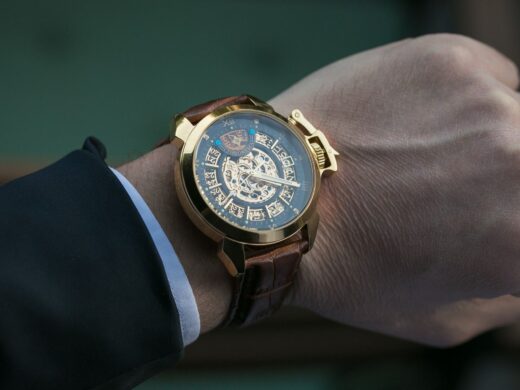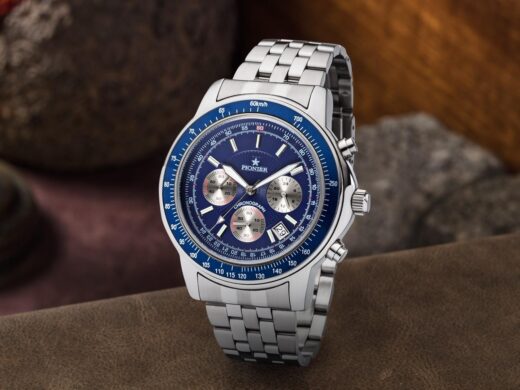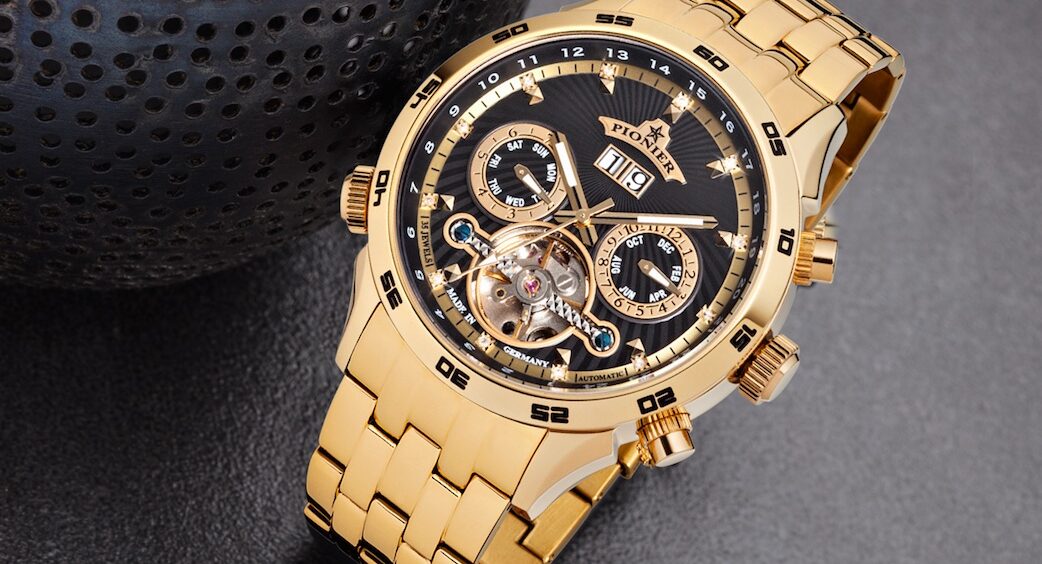When you think of a smart watch, chances are the first thing that comes to mind is a watch from a popular brand like Apple or Samsung. However, for the purpose of this article, let’s set those preconceptions aside. This piece is not about the technology found in apps or computers. Instead, we’ll be exploring the tools, techniques, and processes used by watchmakers to create superior timepieces. This journey is closely tied to the evolution of watches themselves and involves overcoming five primary challenges: water, dust, magnets, shocks, and even time itself.
Protection against water and dust particles
First and foremost we all know that it is not recommended to expose your watch to water or moisture. Similarly, dust has been a concern in the past as it could potentially damage the inner workings of watches due to less advanced manufacturing processes. This led to the marketing of early watches as ‘dustproof’.
These days, dust is not much of a concern for modern watches as they are designed with advanced technology and tolerances that offer effective water resistance, keeping the dust out. However, water remains a significant issue as it can cause severe damage to the watch mechanism, leading to it stopping ticking altogether.
Additionally, damage would escalate rapidly if rust and corrosion begin to damage the fragile machinery. To combat this type of harm, rubber gaskets are the main safeguard. These are installed on water-resistant watches to cover all potential entry points for moisture, such as the crown, caseback, and crystal.
These gaskets are commonly used with screw-down backs and crowns to provide additional security. While the technology hasn’t significantly evolved for everyday wearers, brands are still striving for innovation. Recently, Omega rated a watch for 15,000 meters depth, and it reached a record depth of 10,925 meters in a submersible piloted by Victor Vescovo. However, all of these achievements are meaningless if the crown is not screwed down properly.

Better shock protection
Watches, particularly mechanical ones, are incredibly fragile instruments. Creating timepieces that can withstand accidental falls used to be a challenging feat. However, watchmakers have introduced innovative methods to enhance the shock-resistance of their products. In 1937, Fritz Marti’s invention of the incabloc shock protection system revolutionized the horology industry. This system soon became the norm, and most watch brands incorporated it into their manufacturing processes. Take for example St. Petersburg, Milano or Sahara from the German brand Tufina. All these models are equipped with an incabloc shock protection system to guarantee their durability.
Protection against magnetism
Magnetic interference poses a serious threat to the precision of mechanical watches. Everyday items like phone cases, induction cookers, airport scanners, speakers, and even the magnetic clasp of a handbag can disrupt the balance of a watch’s regulating mechanism. The subtle magnetic fields emanating from these objects can cause a significant loss of accuracy, making it more important than ever to protect your watch from magnetic influences.
Since the 1950s, the go-to defense against magnetic fields has been to create a Faraday cage, which is a soft-iron shield surrounding the gadget that neutralizes the magnet’s effects. However, nowadays, the solutions have diversified. Non-ferrous alloys and silicon technology have been utilized since the early 2000s, and these technologies are now more prevalent in mechanical watches.

Minimizing wear and tear
A mechanical watch that is well-maintained can function smoothly for several decades, or even centuries, and this is more accurate now than ever before. The use of scratch-resistant sapphire crystals, durable cases, hard-wearing ceramics for mechanical parts, and improved lubricants can ensure that your watch keeps ticking for a longer period of time.
The strap of a watch is undoubtedly the most durable part of it. It goes through a lot of wear and tear since you put it on and take it off repeatedly and expose it to all kinds of things. I’m sure you don’t clean it often either. While metal bracelets can withstand this abuse, rubber and nylon straps are also quite resilient. However, if your watch has a leather strap, it won’t last forever.
Luxury watchmakers are now making it easier for you to change your watch straps. They are adding quick-release mechanisms to their straps which eliminate the need for cumbersome tools and technical expertise. This innovative move is inspired by the easy-to-use straps on the Apple Watch. With a simple press of a button and slide, you can easily switch from a rubber to a leather strap. This means you can quickly change your old strap or choose a more durable one for your next adventure.
Takeaway
All in all we can confidently say that technology has not only impacted smartwatches but also traditional watches. Mechanical and automatic watches have become more precise and accurate, thanks to advancements in engineering and manufacturing. Additionally, materials such as ceramic and titanium have been introduced, making watches more durable and scratch-resistant.
In conclusion, the impact of technology on watches has been transformative and is only expected to continue. As technology advances, watches will become even more sophisticated and advanced. The integration of technology has undoubtedly revolutionized the way we think about timepieces, which now manage to make our lives more productive, efficient, and convenient.


No comments yet.